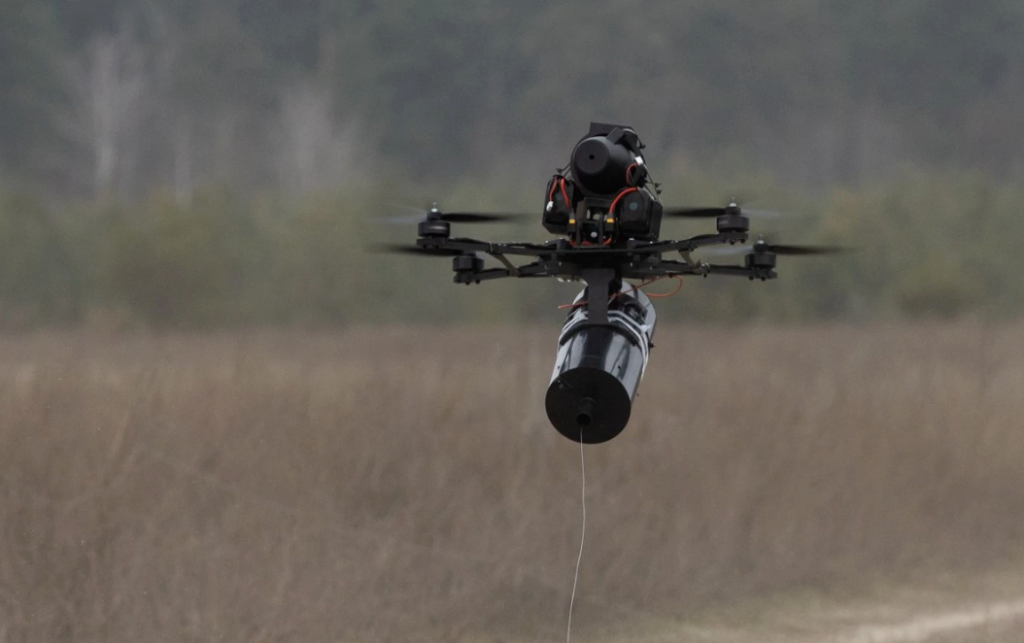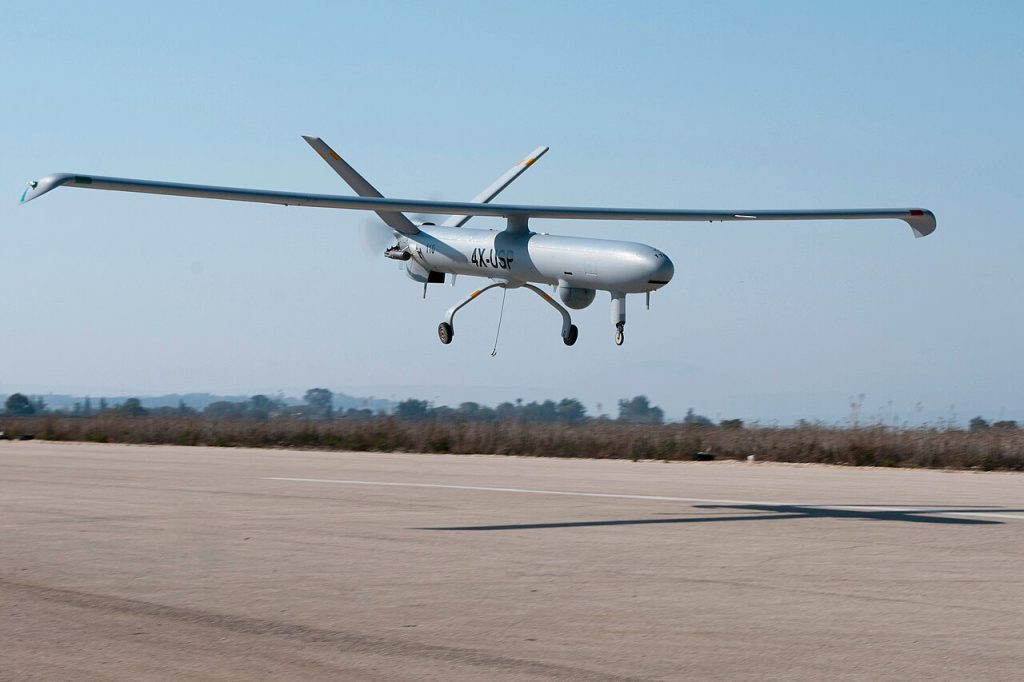
Recent Ukrainian operations in the Black Sea and inside Russian territory demonstrate evolving military tactics. Over the past few weeks, precision strikes, advanced unmanned systems, and infrastructure sabotage combined by Ukrainian forces have eroded Russia’s combat reach and disrupted its logistics.
Of course, these are not discrete activities but part of a larger campaign that merges naval drone warfare with long-range missile strikes and attacks on energy and transport nodes. A dynamic battlespace consequently exists in which traditional naval superiority is contested by inexpensive, expendable platforms, and in which power grids and pipelines are fair game. Following are nine developments that outline how Ukraine is reordering the conflict.

1. Strike on Syvash Drilling Platform
The Ukrainian Navy destroyed a detachment of Russian special forces stationed on the Syvash offshore drilling platform and also destroyed systems of reconnaissance and surveillance, and one anti-tank missile crew. Part of the seized Boiko Towers, it had been fitted out as a military outpost with various kinds of radars, cameras, and radio reconnaissance gear to monitor the northwestern Black Sea. The precision hit was conducted with a kamikaze drone by the Ukrainian Navy and thus managed to deprive Russia of yet another important maritime observation post. Trying to turn this into a positive event, Russian media published footage which they said showed a Ukrainian boat destroyed by a Lancet drone; Ukrainian officials explained that was actually footage of their own strike.

2. Disabling the Russian Reconnaissance Infrastructure
The Syvash platform was more than a drilling rig: it functioned as a node in Russia’s maritime surveillance network. After Moscow seized it in 2014, the regime equipped it with electronic warfare systems and hydroacoustic sensors, giving the government the capability to monitor surface, air, and subsurface activity between Crimea and Odesa. These actions not only reduce the scale of Russia’s capabilities to monitor Ukrainian naval movements but also open windows of opportunity that could be exploited in future operations. It is also a signal of Ukraine’s determination to tear down piecemeal Russia’s intelligence infrastructure in the Black Sea.

3. Neptune Missile Strikes at Energy Facilities
Last week, Ukraine hit the Oryol thermal power plant and the Novobryanskaya substation with Neptune missiles. Both had supplied power to military-related enterprises, and their destruction had thus affected Russian logistics. The Oryol plant provided up to 40% of regional power and 65% of the city’s heating. From an anti-ship weapon, Neptune has been transformed into a deep-strike missile with ranges of up to 1,000 km in the variant “Long Neptune.” Such attacks show Ukraine’s capability to strike and destroy key elements of infrastructure far from the front line.

4. The Ring Oil Pipeline
It was on October 31 that the military intelligence of Ukraine destroyed three stretches of Russia’s 400-km “Ring” oil product pipeline within the Moscow region, capable of supplying several millions of tons of aviation fuel, diesel, and automobile gasoline every year. It was crucial for the Russian army. As explained by Lt. Gen. Kyrylo Budanov, “Our direct actions have caused far greater damage to Russia than any sanctions applied so far.” The strike went clear of anti-drone nets and armed guards, delivering both economic and operational impact.

5. Evolution of the Sea Baby Naval Drone
The Ukrainian SBU introduced a newly upgraded “Sea Baby” unmanned surface vessel, farther able to reach 930 miles with a 4,400-pound payload and AI-assisted targeting. There are now variants with rocket launchers or stabilized machine-gun turrets capable of beyond-enemy-fire-range engagement. They have already forced Russia’s fleet to move from Sevastopol to Novorossiysk. In shifting from single-use, kamikaze craft to multi-role platforms, Ukraine is expanding its options for offensive asymmetric naval warfare.

6. Sea Platform-Launched Fibre-Optic FPV Drones
Recent footage has shown Ukraine using fibre-optic first-person-view drones launched from naval platforms, resistant to electronic jamming and with very precise strikes. Mounting those on sea drones extends their reach beyond coastal zones. The innovation comes after previous experiments with launching FPVs from internal bays by Magura-class unmanned vessels. The implication now is that every sea drone can be considered a mobile strike carrier, reaching deep into the Russian-held territory to strike oil terminals or port facilities.

7. The Russian Lancet Loitering Munition Threat
The most effective tactical weapons of Russia have remained the Lancet-3 loitering munition, which is extensively being used against Ukrainian artillery, air defence, and armour. It is hard to detect and intercept because of the 40-minute flying time and the 3 kg payload it has, coupled with the speed of up to 300 km/h ina dive. Despite sanctions, Lancets have continued to appear with components made by the West-from Nvidia’s TX-2 AI module to Swiss navigation systems-that enable its autonomous targeting and EW resistance. Ukraine replies with nets, decoys, MANPADS and EW, but persistence of the system underscores the drone arms race.

8. Coordinated UAV and Missile Strikes
The reconnaissance UAVs, combined with precision missile strikes, are giving the Russian forces the capability for partial battlefield air interdiction. The improved drones, such as Orlan-10, have the capability of acting up to 120 km in the rear and enable Iskander missile strikes on the training grounds and logistics hubs of Ukraine. Pressure on the ground lines of communication grows for Ukraine as its FPV and fibre-optic drones reach further out, forcing supplies to be moved by foot and complicated troop rotations.

9. Strategic Railway Substation
Ukraine has also struck railway traction substations and transformers in Oryol and Kursk regions. Such compact facilities are pivotal in powering the rail systems that move troops and equipment; thus, hitting them really disrupts Russia’s ability to maintain operations at the front line. Additionally, these strikes supplement the attacks on energy infrastructure and form a multilayered campaign against Russia’s logistical backbone. The recent Ukrainian operations reveal a strategy that fuses the newest unmanned systems with precision strikes on infrastructure to erode Russia’s overreach operationally.
From disabling surveillance platforms in the Black Sea to pipeline and substation sabotage deep inside the Russian territory, these actions rewrite the conflict’s technological and strategic landscape. This intersection of innovation in naval drones, long-range missile capability, and targeting of infrastructure marks a new phase of the war, which is where agility and ingenuity may tilt the balance against mere force.

